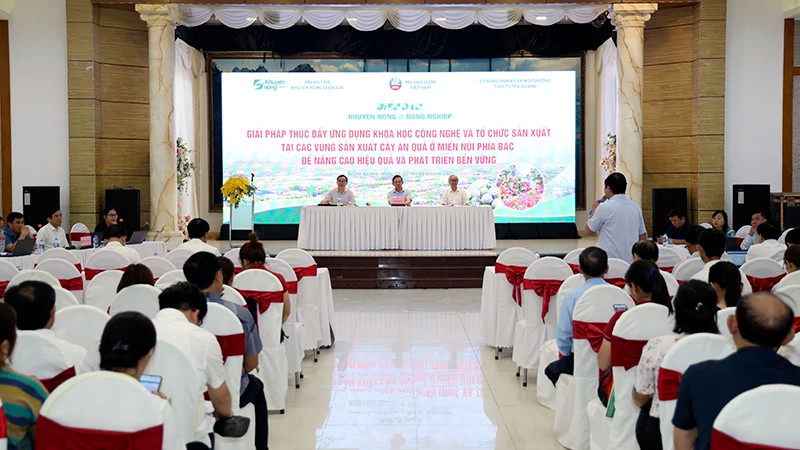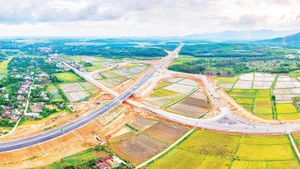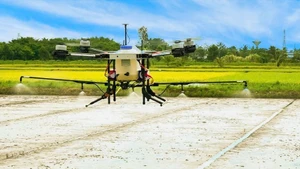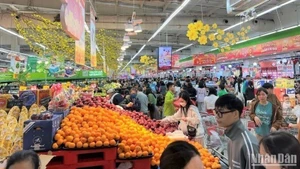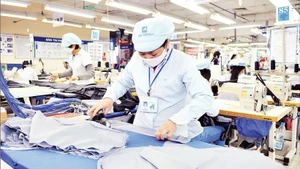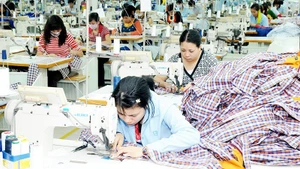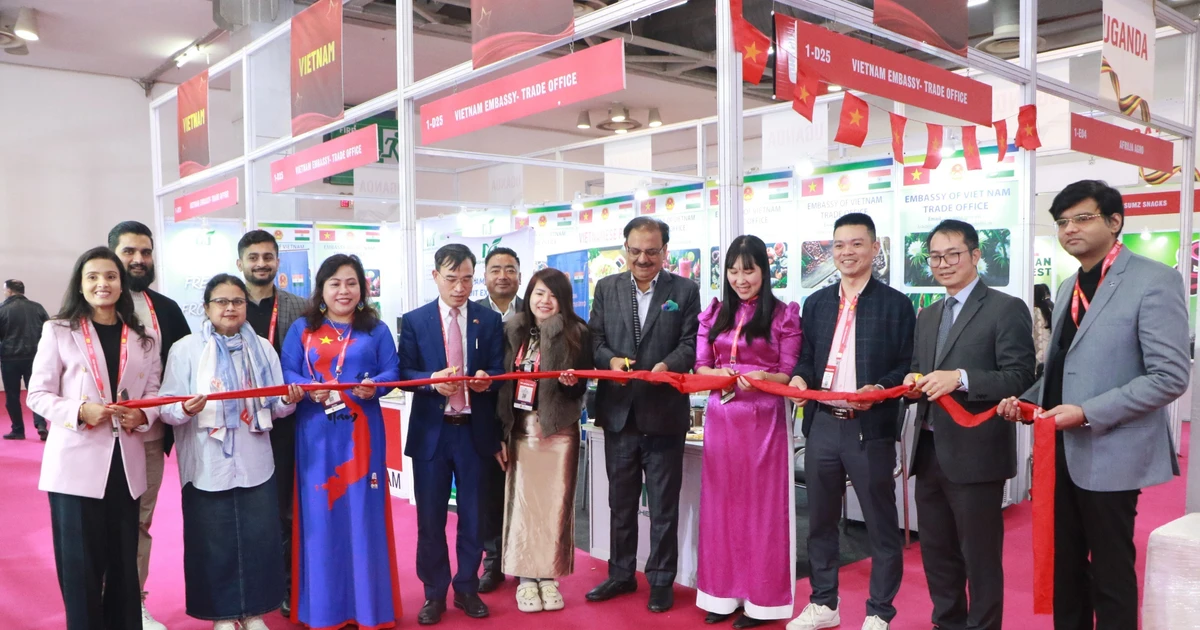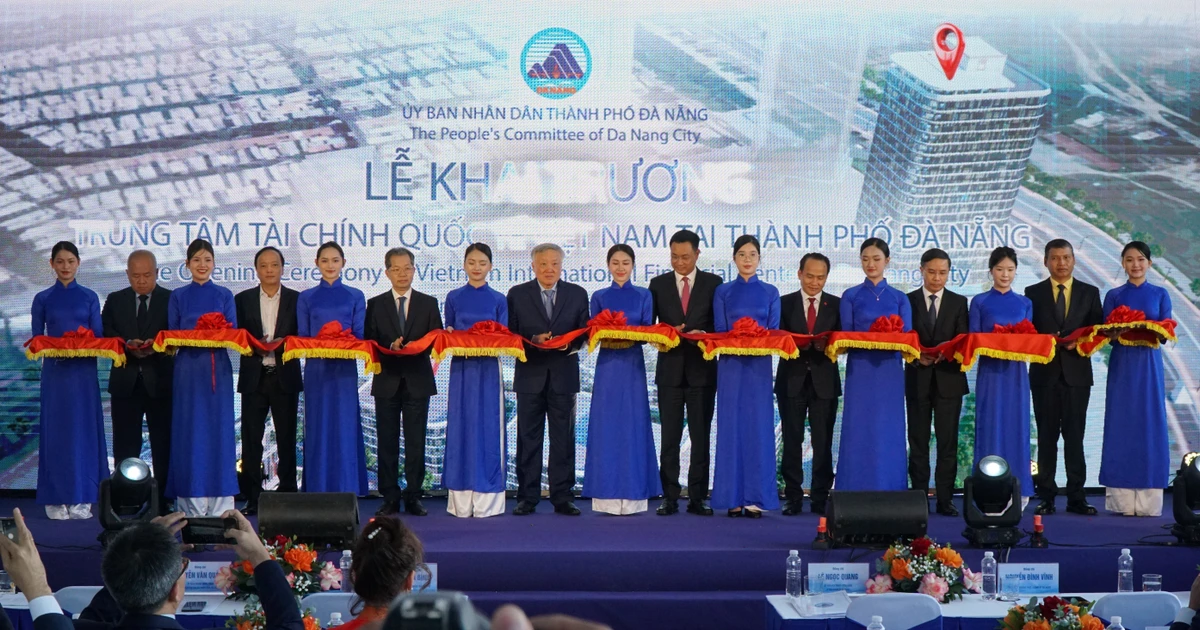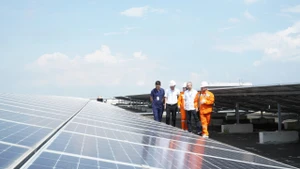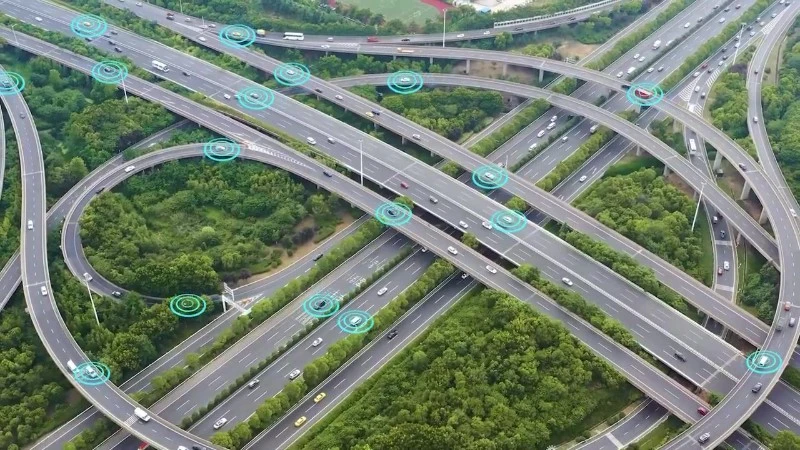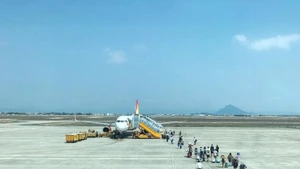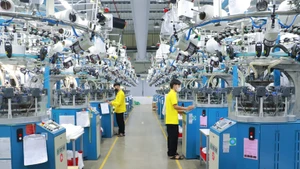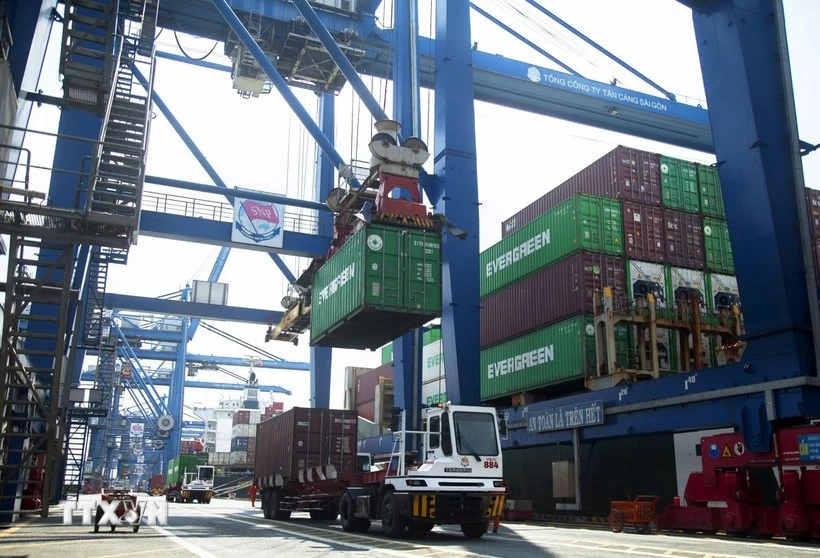As of 2023, the total area of fruit trees in the midland and northern mountainous region reached nearly 272,000 hectares, accounting for 21% of the country’s area. In 20 years (2004-2024), the area of 10 main fruit trees in the region, namely lychee, longan, orange, grapefruit, banana, mango, custard apple, plum, crispy persimmon, and passion fruit, will increase by more than 2.5 times. Some trees have increased sharply, such as grapefruit increased by 135%, custard apple increased by 100%, orange increased by 77%, lychee increased by 47.5%, longan increased by 50%, and banana increased by 50%.
Several major fruit tree growing areas have been formed, concentrated in the provinces: Ha Giang, Tuyen Quang, Hoa Binh, Phu Tho, Son La, Lao Cai, Bac Kan and Lang Son, with large-scale serving processing, domestic consumption and export.
The forum was considered an important bridge between managers, scientists, businesses and farmers to work together to develop the fruit tree industry in a modern, effective and sustainable direction.
Promoting the application of science and technology and organising production in the direction of biosafety to reduce input costs, ensure the environment, create safe products, and improve economic efficiency will be the key for the northern mountainous region to promote its unique agricultural advantages, increase income and life for people, and contribute to developing the rural economy associated with protecting the ecological environment.
